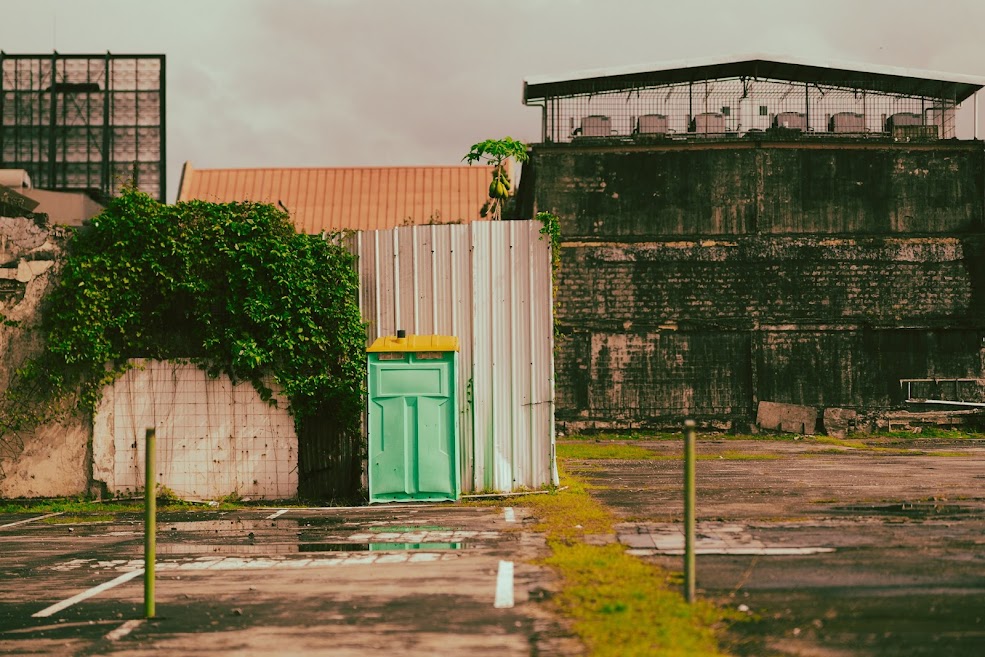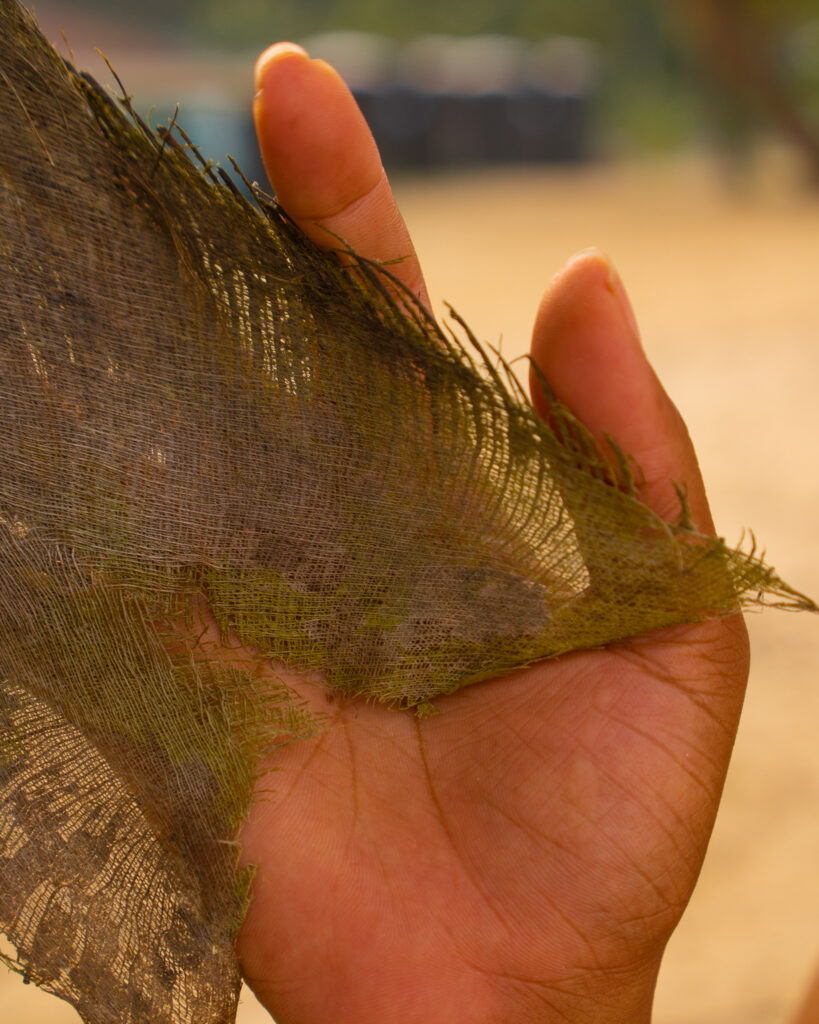When we speak about Art, the Art world, there’s a broad range of language, vocabulary and imagery (of course) that comes to mind: from “The Masters”, Art markets, blue chip work, pristine art galleries, million dollar sales at exclusive Auctions, to Art as an investment and sadly the state of “the struggling artist.”
Depending on where we were raised, educated or currently reside, we tend to hear a bit more or less of the elements of this non-exhaustive vocabulary.
If we take the time to think back to our own stories of – and related to – Art and the artistic community, I’m sure you’d agree that it has been and still is very rare, if not non-existent to discuss “Art” and “Artists” using a vocabulary of care, accessibility and from the perspective of Art as an ecosystem for example.
If “Words are things” as Maya Angelou said, then I truly believe that the way in which conversations around Art (and the Arts) are framed, inform the way in which we collectively either show interest, care for and support the realm of Art (or inversely, subconsciously relegate Art and the artist community to things of lesser value).
If we affirm that we do in fact care about Art and the Arts, how do we show it? Individually, as a society, institutionally?
According to a few definitions, care (as a noun or a verb) finds its roots in Old English:
care (n.) caru, cearu “sorrow, anxiety, grief,” also “burdens of mind; serious mental attention,” in late Old English also “concern, anxiety caused by apprehension of evil or the weight of many burdens,” from Proto-Germanic *karō “lament; grief, care” (source also of Old Saxon kara “sorrow”).
As a verb: to care for something implies a certain responsibility: ” to take charge, oversight, attention or heed with a view to safety or protection” attested from c. 1400; this is the sense in care of in addressing (1840). Meaning “object or matter of concern” is from the 1580s. To take care of “take in hand, do” is from the 1580s as is take care “be careful” around the same time period.
Thanks to visionary authors like bell hooks, who wrote extensively about “Living by a love ethic” (All About Love – New Visions, 2001) and the “visual politics of Art” within our societies (Art on my Mind: Visual Politics, 1998) I now know – that there is a way to re-imagine Art and Artistic through a lens of care, value, love and accessibility.
Delving deeper into my own curatorial practice over the past few years, I have been making more time to listen, read and learn from as many Art professionals and artists as possible – here in the Caribbean and abroad. What strikes me is that in the wider world, more and more Art institutions, administrators, and creative leaders are increasingly concerned by the weight of tradition and codes which have shaped the Art world on an international scale, simultaneously excluding and erasing many voices (such as ours in the Caribbean, Indigenous, Black, BIPOC, LGBTQIA, visible minorities…) over time.
The good news though, is that in recent years, the conversation is now evolving to encompass the diversity of our communities, spaces and histories involved in this vast Art ecosystem. There is a movement that is dedicated to the needs of Art makers, the Art they produce and the broader framework of systems and structures, which fosters Art production and growth.
Care is a doing word.
When I look beyond these shores, I know what care, support and investment directed towards the Arts look like. I also know what the lack of care looks like in this place I call home (Trinidad & Tobago), and am deeply saddened by it.
The systematic lack of funding for the creative sector is a story we all know too well. Sometimes I think we have all grown comfortable with the script. Financial institutions often apply one-size-fits-all policies, making it exceedingly difficult for Artists and cultural workers to qualify for loans for example. Meanwhile, national budgets allocated to Art and Culture are nothing short of insulting, which translate into the terrible lack of annual cultural programmes, Museums and Art institutions nationwide…But are we even bothered?

I dream of the day when our Community centres and the numerous empty buildings across Trinidad & Tobago would be put to use for the purpose of connecting, enriching and caring for the community. These spaces should be beacons of transformation, providing opportunities for citizens at any age to engage with creativity in all its forms and be inspired by it. I hope I’m still alive when we would actually have not one Museum, but several Art institutions across Trinidad & Tobago dedicated to artistic career development. I look forward to seeing the way in which our society will thrive once ample opportunities and spaces are created for Art (and the Arts) to blossom, for all of us to enjoy and benefit.
To Value = To Care = To Enable.
“It’s hugely important for our local and regional artists to be taken to a global audience, not only for the artists, but for the continued scholarship and knowledge production in our contemporary art ecosystem and our art history.”
Susanne Fredricks of Suzie Wong Presents, Jamaica.
As I prepare for the Atlantic World Art Fair in 3 weeks time, I am inspired by the folks who have dreamt of a Caribbean Contemporary Art Fair and are making it happen. A committee of Caribbean-focussed galleries who care enough about a few things: Caribbean representation in global Art markets; recognition of the Contemporary Art landscape in our region; opportunities for artists to be seen and heard; archiving our stories and sustainable futures.
If we are to approach Art through a lens of care, it means that we really do need to start caring, start doing. This requires that we be willing to unlearn all we have learnt, identify and address the very real ways in which our spaces could be stifling and blocking artistic production. As a collective we also need to back up that care with the tangibles: long-term organizational support for Artists, investing in the Arts, including the intrinsic value of Art on our personal and corporate agenda-s.
Beyond a product or some fanciful luxury that is within the reach of a select few, ART is to be viewed in its globality, as in the details – for everything it is, everything we want it to be and everything it makes possible.

